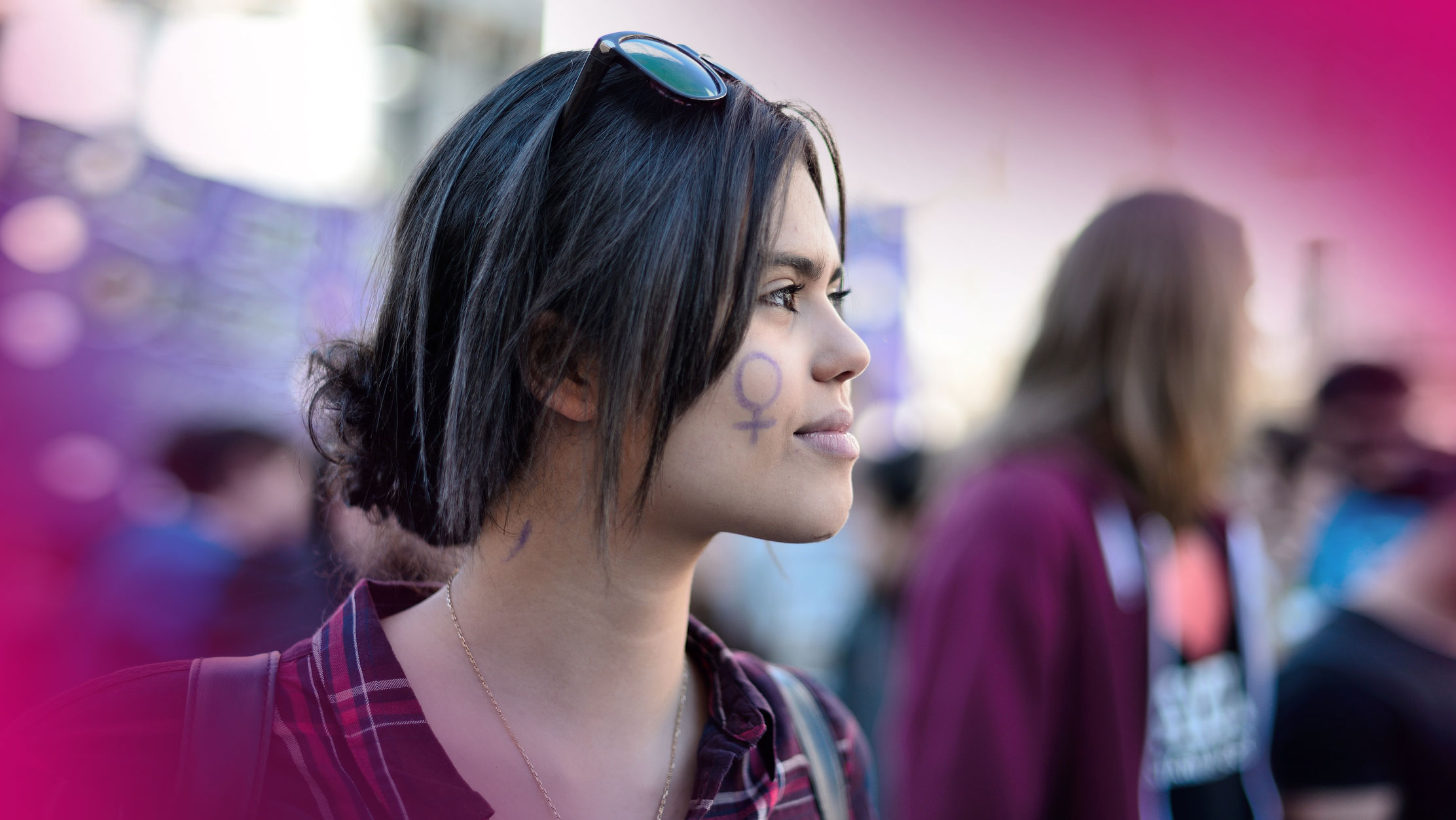On 17 May 2015, International Day Against Homophobia, Transphobia and Biphobia (IDAHOT) is commemorated globally. There has been uneven progress and some regression of LGBTIQ rights across the globe. There is increasing recognition of same-sex marriage, adoption and gender identity laws, including recognizing a third gender in Nepal and India, but violence is also increasing. A recent report by Transgender Europe's Trans Murder Monitoring (TMM) shows that 1,731 trans or gender-diverse people were reported as murdered in different regions, from January 2008 to December 2014.
What would a truly inclusive and egalitarian world look like? AWID invited LGBTIQ activists to answer these two questions - What would a queer-positive world be like? What is needed to achieve it? Read their responses, and tell us what YOU think a queer positive world would look like.

Aida, 26 | Chouf | Tunisia | @Aidakhemiri
A queer world would reject social norms from birth and primary school. A world where mothers no longer dress girls in pink and boys in blue. Both colors are fabulous and everyone should be able and free to wear whichever suits them, regardless of what society says! It would be a world that privileges liberties and rights; that invests in education and protecting the environment, instead of a world that looks to class people by their social orientation or gender: It’s a waste of time and capacity. A queer world would be a world in which our main job is to raise children and generations to come into a world of peace, prosperity and a healthy planet.

Cynthia Rothschild, 49 | Human rights and lesbian activist | New York
That world would be a place where people could be queer, or we could hate that term; we could be “LGBT”, or we could reject those identities, if we wished, and we could use other terms for other identities and those would be appreciated and respected, too. That would be a world where gender mattered less, except for when it was really important (like when we were fighting against gender-based violations. Then gender would still matter, a lot.). Lesbians wouldn’t get lost in the “acronym stew”, as in “add dykes to LGBT and stir, and you’ll have a creamy monolithic sauce”… Because we know that doesn’t work. We are not that. Our experiences and needs are different, across gender and our expressions of it, across intersex and trans status, across region, socio-economic status and a range of other factors. That world would honor and respect that reality. Every day.
Organizing. Sensitivity. Humility. Capacity to listen, to be attentive. Sometimes leading by being quiet. Not taking all the air, not taking all the public space. Committing to working in coalition and to movement building. And fighting the battles, always, fiercely, and with wisdom and care.

Dédé Oetomo, 61 | GAYa NUSANTARA Foundation | Indonesia | @dedeoetomo
A queer world would be one where whatever our sexuality, gender identity and expression, we can live our lives fully and express our sexuality and gender without worry and fear. It would be a world where no one would tell us how we [should] behave and if they do, we would be able to defend ourselves or to have institutions that would do so on our behalf.
In order to achieve such a world, we would need to educate ourselves, and others, about sexual and gender diversity in a strategic way. We also need to advocate for the right to do so.
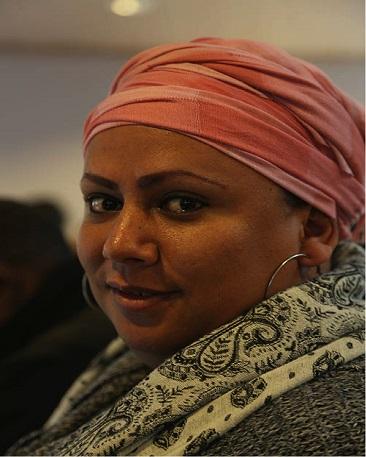
Leigh Ann van der Merwe | coloured transgender woman | SHE, social, health and empowerment feminist collective of transgender and intersex women of Africa | South Africa | @tweetqueen111
A queer world will be one in which we don’t have to constantly explain what LGBTIQA means. A world in which I can get onto public transport without the constant stares and whispers. A queer world will be a world where I am not expected to apologise for my identity, for my androgyny, and where I will be employed or promoted because I am qualified and not denied because of my expression and embodiment. In a queer world we will talk openly and without awkwardness of homosexuality, without invasive questions of sexual practice but meaningful dialogue based on identity rather than sexual practice.
We need many more people working on themselves through education and information. We need to shift the focus from these educational models of engaging our communities and presenting our lives as theory and make it real for ourselves and for other people to understand. We need to break free from the cages of normativity where we straddling from hetero to homo, to trans-normativity and focus on disrupting these normative understandings of our lives. There needs to be a radical shift in the ways we talk about queer issues. Finally, we need to have the resources to be able to undertake such radical change and building resistance and resilience.
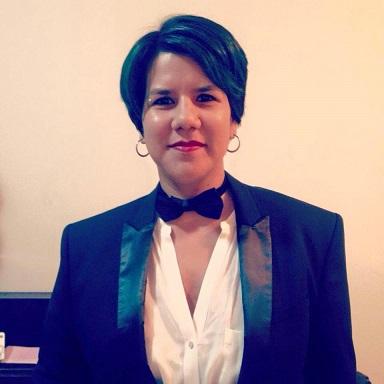
Margarita Salas Guzmán, 36 años | Frente por los Derechos Igualitarios and Beso Diverso | Costa Rica | @maggiewill
To move from the hetero-normative and patriarchal world in which we live to a queer world is like going from black-and-white to colour TV: it implies not just a recognition but actually a celebration of how complex and diverse the spectrum is, the endless number of nuances in gender performativity and sexual orientations. A queer world would treat sexualities like colours, understanding they cannot be placed in hierarchies and that there are endlessly beautiful possibilities to combine them.
This implies a cultural transformation that involves not only the law, but also music, art, education, entertainment, language, advertising, the economy – our entire lives. If we engage in an ongoing exercise to reflect on the diversity the world contains, instead of always speaking from the privileged space of a moneyed white cisgender man, we will be able to gradually transform the images in our brains and understand that we are more equal and more different than what we have been convinced we are. We need narratives that move out of the monochromatic script we have been indoctrinated into.
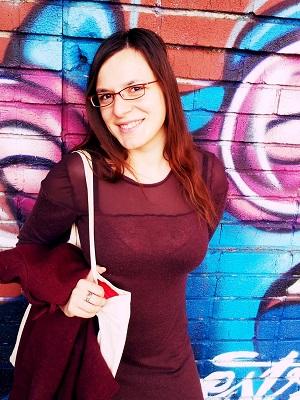
Mariam Gagoshashvili, 30 | queer feminist activist | Georgia
What I call my queer utopia is in reality a necessity without which there is a little chance for equality between genders. Feminists have long realized that gender is a marker that draws a line between those who are oppressed and those who benefit from others’ oppression. Thus, we are going in circles, chasing our own tales, unless we are working towards the erasure of gender markers, and towards the ultimate elimination of it as a category. How would humans look if they got rid of all gender markers? Or how would they look if they applied all gender markers at the same time? Would we look like Neanderthals, our ancestors from the prehistoric past? Or would we look like futuristic cyborgs in drag? In either case, I think we would look so much alike that it would be difficult to identify our genders and put us in relevant boxes. In this case it would be almost impossible to discriminate or privilege based on perceived gender. It would be hard to police and monitor each other's behaviour, including sexuality. The normative connection binding sexuality to gender would be destroyed. All would be openly and comfortably queer and have as many genders and as many sexualities as there are humans.
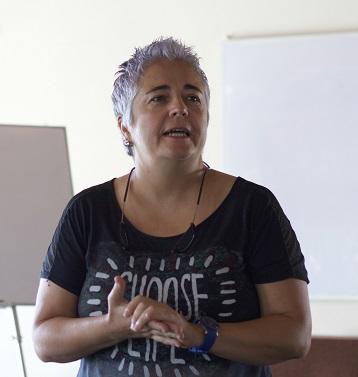
Rosa Posa Guinea, 49 | Aireana, grupo por los derechos de las lesbianas | Asunción, Paraguay | @RosaPosaGuinea
I understand that the world should not necessarily be queer: one does not want the world to be in a particular way, we have enough of that with the fundamentalists who are trying to eliminate those of us who don't fit within their norm. When I say "eliminate" I mean to deprive us of our rights, to undermine our lives and also the literal meaning of "eliminate" through hate crimes.
Gabrielle Esteban, a trans male activist from "Sentimos diverso", an Ecuadorean organization, recently said during an Akahatá workshop we facilitated in Lima: “There is an attempt to colonize our bodies by making us say we are queer. Queerness does not help us to solve our vulnerable identities ".I liked that idea. I don't want to argue about the use of that word, just to put it on the table for the debate.
A "queer" positive world would be a world where difference is valued, where diversity at all levels ceases to be seen as a threat and is now considered an asset. This sounds pretty obvious, but we still need to learn how to do it.
In order to do that, our societies must stop placing people in hierarchies, that is, leave behind male chauvinism, racism, LGBTIphobia, misogyny and bias in general.
Changes are happening, in countries where there are laws recognizing our rights and these are more obvious when there is the States' commitment.I think changes are happening across the region because the LGBTI movement has grown a lot and the work groups are doing is visible. Even in a country like Paraguay, with a government that is openly against LGBTI rights, cultural changes can be felt. For instance, few weeks ago an agricultural school from the San Pedro department did not allow a young woman to register as a student because she was lesbian, and that created an outrage even in some of the media. Some time ago, it would not even have been talked about.
